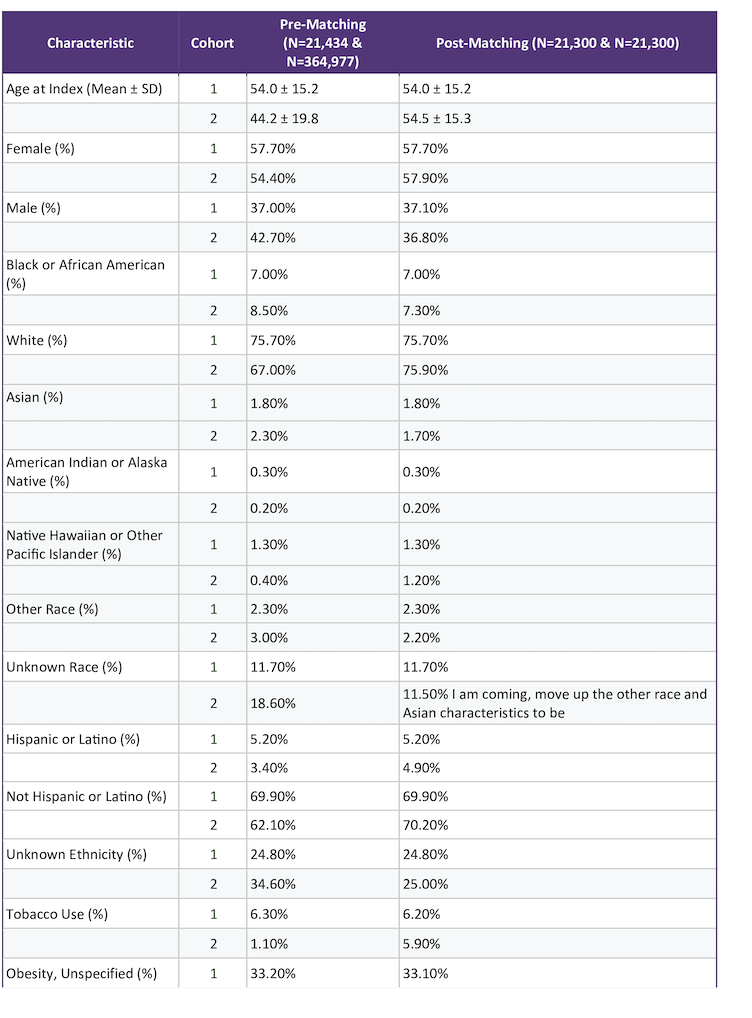Tuesday Poster Session
Category: IBD
P5443 - Impact of MASLD/MASH on Crohn’s Disease Severity: A Global Federated EHR Analysis
Tuesday, October 28, 2025
10:30 AM - 4:00 PM PDT
Location: Exhibit Hall

Ali Osman, MD, MSCI Candidate
Washington University School of Medicine in St. Louis
Ballwin, MO
Presenting Author(s)
Ali Osman, MD, MSCI Candidate1, Mohammad Adam, MD, MSc2, Abdelaziz Mohamed, MBBS3, Yezaz Ghouri, MD4, Manar Shmais, MD5
1Washington University School of Medicine in St. Louis, Ballwin, MO; 2University of Missouri - Kansas City School of Medicine, Kansas City, MO; 3One Brooklyn Health-Interfaith Medical Center, Brooklyn, NY; 4SSM Health, Bridgeton, MO; 5SSM Health Saint Louis University Hospital, Saint Louis, MO
Introduction: Crohn’s disease (CD) is a chronic inflammatory bowel disease often complicated by fistula formation, strictures, and intestinal obstruction. Metabolic dysfunction-associated steatotic liver disease (MASLD) and its progressive form, metabolic dysfunction-associated steatohepatitis (MASH), are increasingly identified in patients with CD. The impact of MASLD/MASH on CD-related outcomes remains unclear our aim is to evaluate whether MASLD/MASH is associated with an increased risk of Crohn’s disease complications.
Methods: We conducted a retrospective cohort study using the TriNetX Global Collaborative Network. Adult patients with a diagnosis of CD were identified and stratified by the presence or absence of MASLD/MASH. Propensity score matching (1:1) was performed based on demographics and comorbidities, resulting in two balanced cohorts (n=21,300 each). The primary outcome was a composite of CD complications, including intestinal obstruction, fistula formation, and intra-abdominal abscess. Kaplan-Meier survival curves and Cox proportional hazards models were used to assess differences in outcomes.
Results: Patients with MASLD/MASH had a higher incidence of CD complications than those without (14.3% vs. 10.3%, p< 0.001), with a relative risk of 1.42 (95% CI: 1.32–1.46). Event-free survival at one year was significantly lower in the MASLD/MASH group (80.3% vs. 85.7%, log-rank p< 0.001). The hazard ratio for developing complications was 1.44 (95% CI: 1.40–1.50).
Discussion: MASLD/MASH is significantly associated with increased risk of Crohn’s disease complications. These findings highlight the need for early identification and multidisciplinary management of CD patients with coexisting metabolic liver disease.

Figure: Table (1). Baseline Characteristics of Cohort 1(CD with MASLD/MASH) and Cohort 2( CD without MASL/MASH) Before and After Propensity Score

Figure: Figure 1: Kaplan-Meier Survival Curve Cohort 1 (CD with MASLD/NASH) is represented by the purple line, and Cohort 2 (CD without MASLD/NASH) by the green line
Disclosures:
Ali Osman indicated no relevant financial relationships.
Mohammad Adam indicated no relevant financial relationships.
Abdelaziz Mohamed indicated no relevant financial relationships.
Yezaz Ghouri: Capsovision – Consultant. Celltrion – Speakers Bureau.
Manar Shmais indicated no relevant financial relationships.
Ali Osman, MD, MSCI Candidate1, Mohammad Adam, MD, MSc2, Abdelaziz Mohamed, MBBS3, Yezaz Ghouri, MD4, Manar Shmais, MD5. P5443 - Impact of MASLD/MASH on Crohn’s Disease Severity: A Global Federated EHR Analysis, ACG 2025 Annual Scientific Meeting Abstracts. Phoenix, AZ: American College of Gastroenterology.
1Washington University School of Medicine in St. Louis, Ballwin, MO; 2University of Missouri - Kansas City School of Medicine, Kansas City, MO; 3One Brooklyn Health-Interfaith Medical Center, Brooklyn, NY; 4SSM Health, Bridgeton, MO; 5SSM Health Saint Louis University Hospital, Saint Louis, MO
Introduction: Crohn’s disease (CD) is a chronic inflammatory bowel disease often complicated by fistula formation, strictures, and intestinal obstruction. Metabolic dysfunction-associated steatotic liver disease (MASLD) and its progressive form, metabolic dysfunction-associated steatohepatitis (MASH), are increasingly identified in patients with CD. The impact of MASLD/MASH on CD-related outcomes remains unclear our aim is to evaluate whether MASLD/MASH is associated with an increased risk of Crohn’s disease complications.
Methods: We conducted a retrospective cohort study using the TriNetX Global Collaborative Network. Adult patients with a diagnosis of CD were identified and stratified by the presence or absence of MASLD/MASH. Propensity score matching (1:1) was performed based on demographics and comorbidities, resulting in two balanced cohorts (n=21,300 each). The primary outcome was a composite of CD complications, including intestinal obstruction, fistula formation, and intra-abdominal abscess. Kaplan-Meier survival curves and Cox proportional hazards models were used to assess differences in outcomes.
Results: Patients with MASLD/MASH had a higher incidence of CD complications than those without (14.3% vs. 10.3%, p< 0.001), with a relative risk of 1.42 (95% CI: 1.32–1.46). Event-free survival at one year was significantly lower in the MASLD/MASH group (80.3% vs. 85.7%, log-rank p< 0.001). The hazard ratio for developing complications was 1.44 (95% CI: 1.40–1.50).
Discussion: MASLD/MASH is significantly associated with increased risk of Crohn’s disease complications. These findings highlight the need for early identification and multidisciplinary management of CD patients with coexisting metabolic liver disease.

Figure: Table (1). Baseline Characteristics of Cohort 1(CD with MASLD/MASH) and Cohort 2( CD without MASL/MASH) Before and After Propensity Score

Figure: Figure 1: Kaplan-Meier Survival Curve Cohort 1 (CD with MASLD/NASH) is represented by the purple line, and Cohort 2 (CD without MASLD/NASH) by the green line
Disclosures:
Ali Osman indicated no relevant financial relationships.
Mohammad Adam indicated no relevant financial relationships.
Abdelaziz Mohamed indicated no relevant financial relationships.
Yezaz Ghouri: Capsovision – Consultant. Celltrion – Speakers Bureau.
Manar Shmais indicated no relevant financial relationships.
Ali Osman, MD, MSCI Candidate1, Mohammad Adam, MD, MSc2, Abdelaziz Mohamed, MBBS3, Yezaz Ghouri, MD4, Manar Shmais, MD5. P5443 - Impact of MASLD/MASH on Crohn’s Disease Severity: A Global Federated EHR Analysis, ACG 2025 Annual Scientific Meeting Abstracts. Phoenix, AZ: American College of Gastroenterology.
